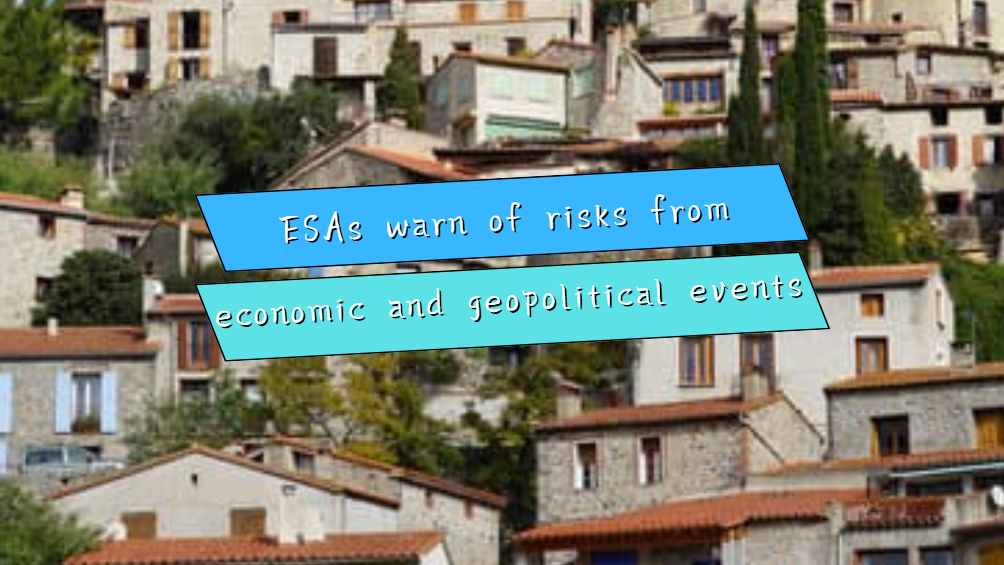Publication du Cahier d’études n° 190 : Green transition in the euro area: domestic and global factors
Auteurs: Pablo Garcia, Pascal Jacquinot, Črt Lenarčič, Kostas Mavromatis, Niki Papadopoulou et Edgar Silgado-Gómez
Climate change not only involves price stability, which is the primary objective of monetary policy in the eurozone, but also involves secondary objectives, including supporting the overall economic policy of the European Union. Therefore, in November 2023, during a monetary dialogue with the European Parliament, Ms. Lagarde, President of the European Central Bank (ECB), reviewed the measures taken by the central bank within its mandate. In particular, on January 30, 2024, the European Central Bank decided to expand its climate change work, focusing on three main areas, including the consequences and risks of economic ecological transformation.
The ecological transformation towards sustainable economic and energy solutions includes reducing dependence on fossil fuels and making more rational use of natural resources. This change will have an impact on the economy, such as leading to a redistribution of employment and capital, changes in inflation dynamics, and possible output losses in some sectors and gains in other sectors in the short and medium term. Therefore, the success of ecological transformation requires carefully selected policies to protect the most vulnerable families and sectors. Carbon taxes and green energy subsidies can be key tools in this regard, as they are considered effective and easy to implement. However, successful calibration and application of these tools require a deep understanding of their potential impact on the economy, not only at the macroeconomic level but also at a more detailed decomposition level, as their effects on households and different production sectors may vary.
In this article, we use a global economic model to analyze the macroeconomic impact of promoting ecological transformation policies, with a focus on carbon taxes and green subsidies. Especially, we use the Eurozone and Global Economy (EAGLE), which is a dynamic stochastic general equilibrium model representing the Eurozone (EZ) in the global economy. With its detailed international trade matrix and distinction between affected and protected sectors, the EAGLE model provides a comprehensive framework for assessing the national impact of environmental measures and their international spillover effects, as well as the macroeconomic interdependence of economic zones, the United States, and other regions of the world. However, this analysis requires extending the basic EAGLE model to integrate environmental dimensions using modeling techniques already established in the literature.
We are evaluating the macroeconomic impact of a carbon tax, which will take the form of a brown energy price surcharge imposed on consumers and producers of intermediate products. Firstly, we consider introducing a carbon tax only within EA without redistributing revenue. In the second moment, we consider redistributing income to companies producing green energy and households facing financial constraints.
Without any redistribution, the carbon tax has had a negative supply shock effect, leading to a decrease in production and an increase in inflation. In response to this inflationary pressure, the Monetary Authority raised interest rates, causing the euro to appreciate relative to a basket of currencies of its trading partners and the trade balance to contract. In terms of energy use and production, the carbon tax operates as expected: the increase in brown energy prices reduces the demand for businesses and households, resulting in a decrease in brown energy production, while green energy production increases accordingly.
When a portion of carbon tax revenue is used to subsidize companies producing green energy, they will lower prices, thereby increasing demand for green energy, reducing the contraction of total demand, thereby reducing production contraction, and lowering inflation. In addition, compared to the situation without subsidies, households consume less brown energy, which encourages the transition to green energy. The effect of redistributing some carbon tax revenue to households facing fiscal constraints is very similar.
When a carbon tax is introduced globally (not just in exclusive economic zones), and the revenue from the tax is aimed at providing subsidies to companies producing green energy, the contraction of economic activity in exclusive economic zones becomes more profound and persistent. In addition, inflation has further increased and become more persistent. However, with the implementation of global carbon taxes, the decrease in investment in polluting sectors is greater than the case of only taxing ZE. This promotes a green transition.
Finally, we consider brown capital tax and green capital investment subsidies. In most cases, these measures lead to further contraction of economic activity and a decrease in inflation rates. Furthermore, unlike carbon taxes, brown capital taxes cannot enhance green transformation.
The content of this study should not be considered as representing the views of the Central Bank of Luxembourg or the Eurosystem. The views expressed reflect the author's views and may not necessarily reflect the position of the central bank, its leaders, or the eurozone.
This research report can be viewed on the BCL website www.BCL.lu























































First, please LoginComment After ~